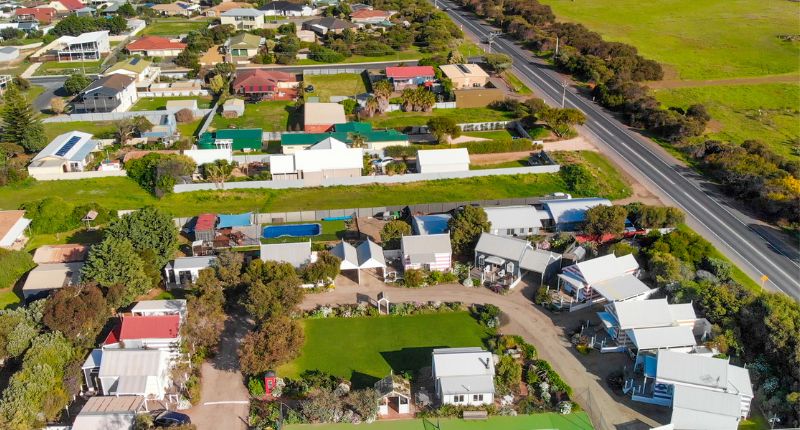- Higher education debt, credit cards, and car loans found to be the biggest influences on borrowing power
- Effie Zahos says the key is to reduce expenditure as much as possible before applying for a loan
- First time home buyers should be on the lookout for any perks
Car loans, university debt, and credit card limits are a few of the everyday items stunting the borrowing power of property buyers, according to new research from Canstar.
Canstar Editor-at-Large Effie Zahos says as property prices start to climb, affordability will take a hit.
“While aspiring homebuyers have little control over rising property they can take a close look at their expenses and debts that could be affecting their borrowing power,” she said.
Moreover, the research concluded a home buyer earning an average income of $94,000 could be shortchanging the borrowing power of $372,000 by $75,000 from having a $30,000 car loan.
For a higher education debt like HECS-HELP, the average debt of $24,771 could reduce an individual’s borrowing power by as much as $57,000m down to $315,000.
As far as credit cards go, a card with a $10,000 limit could cut as much as $46,000 from the amount a home buyer can borrow.
| Everyday Items’ Impact on Borrowing Power for a Solo Buyer | ||||
| Scenario | Item Monthly Cost | Monthly Expenses | Borrowing Power (6.17%, 30 years) | Change |
| 1x Average Weekly Gross Income | – | $1,820 | $372,000 | – |
| Everyday Items | ||||
| Average HECS-HELP Debt | $470 | $2,290 | $315,000 | -$57,000 |
| Average Car Loan ($30K, 8.37%, 5 Year) | $614 | $2,434 | $297,000 | -$75,000 |
| $2,000 Credit Card Limit | – | $1,820 | $363,000 | -$9,000 |
| $10,000 Credit Card Limit | – | $1,820 | $326,000 | -$46,000 |
| $25,000 Credit Card Limit | – | $1,820 | $255,000 | -$117,000 |
| Source: Canstar – 11/05/2023.* | ||||
Increasing borrowing power
Zahos offered some tips** for home buyers who are looking to increase their borrowing power.
“The key is to be able to reduce your expenditure by as much as possible when applying for a loan; it’s also important that you’re able to sustain those cost-cutting methods to avoid mortgage stress down the track,” she said.
“At least three months out before you apply for a loan, have a look at your digital footprint and see where your money is going and what you can cut out of the budget.”
Reducing credit card limits to the bare minimum is another feasible avenue for upping borrowing power.
“If possible, consolidate your credit card debts to a rate card,” she said.
“If that’s not possible, then set up a repayment strategy to clear your card debts.”
She also recommends selling a second car that is not being used.
“Clearing the debt on a $30,000 car loan could increase your borrowing power by $75,000.”
For first time home buyers, keeping a lookout on any first home buyer perks would be a way to reduce upfront costs.
“Consider any First Home Buyer Grants, stamp duty concessions and First Home Guarantee Support.”
Zahos added your borrowing power can potentially differ from one lender to another.
“Be sure to shop around for a lender and loan that suits your needs.”
~~
**This article seeks to provide general information only. See our Terms of Use.
* Home Loan Interest Rate based on the average variable rate on Canstar’s database for loans available for $500,000, 80% LVR and P&I repayments; excluding introductory, first home buyer only and other special condition loans. Borrowing power calculations assume a loan term of 30 years, annual expenses of $21,840 for a single (based on the Household Expenditure Measure (HEM) for Australians earning $80,000 to $90,000 per year), 80% of income available to service the loan, and a 3% interest rate buffer. Average income per ABS Average Weekly Income (November 2022). HECS-HELP payments based on HELP repayment rates for the 22-23FY per ATO. Car loan interest rate based on average rate on Canstar’s database for secured personal loans available for new or used car purchases for a $30,000, 5 year loan – Where a rate range applies, the mid rate is used. All input and output figures of the calculator are rounded to the nearest $100.








